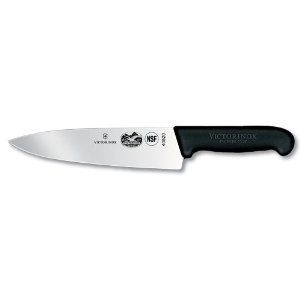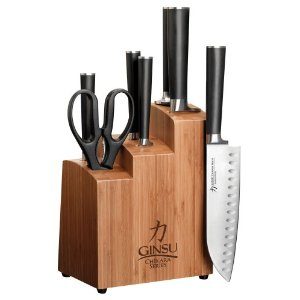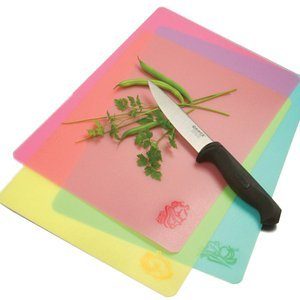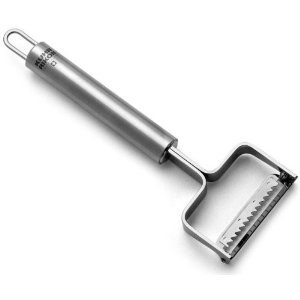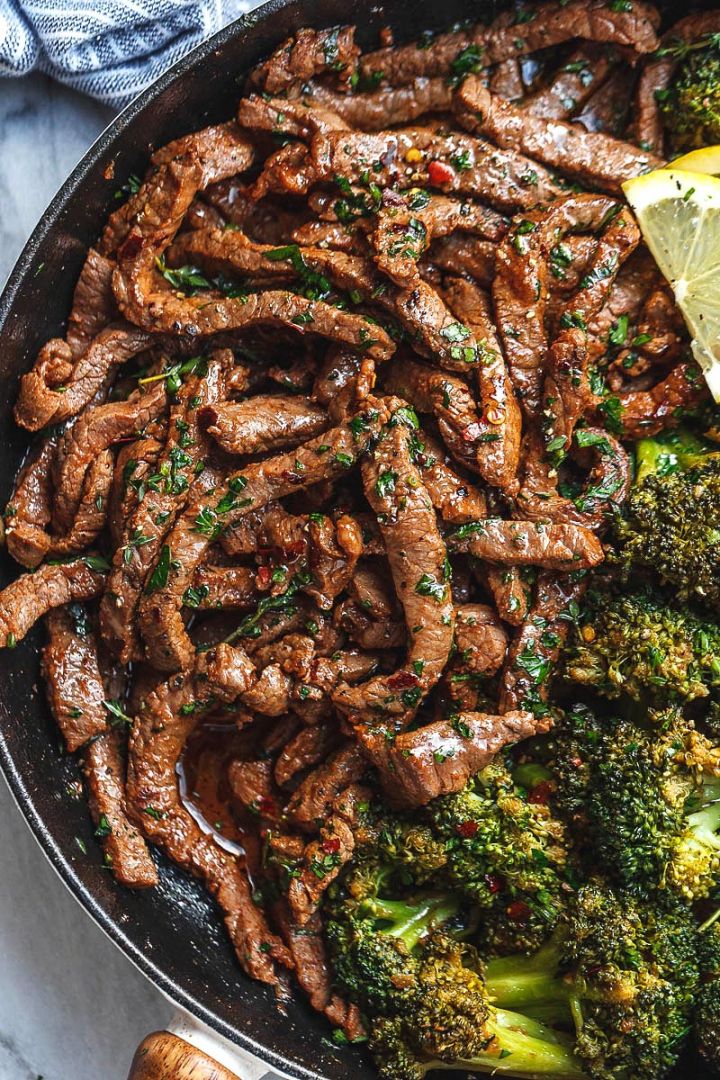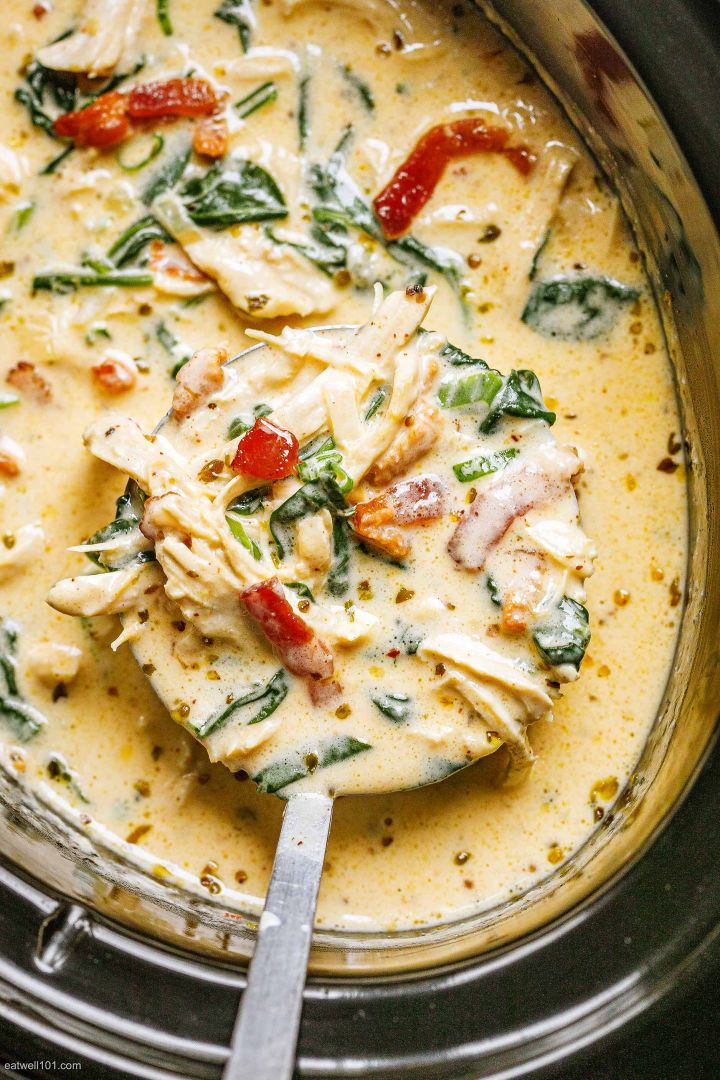[portfolio_slideshow exclude=”83073, 83067, 83063, 83064, 83056, 83052,”]
Julienne of leek is the expected result of thin leeks slices from 4 to 6 cm long and 1 mm thick. To get a good result for leeks julienne and to avoid too many losses, it is important to take some precautions when peeling and washing the leeks. Note that this is one of the few cuts that I know that is not feasible with a robot or any automatic cutting device.
Learn to cut leeks in julienne
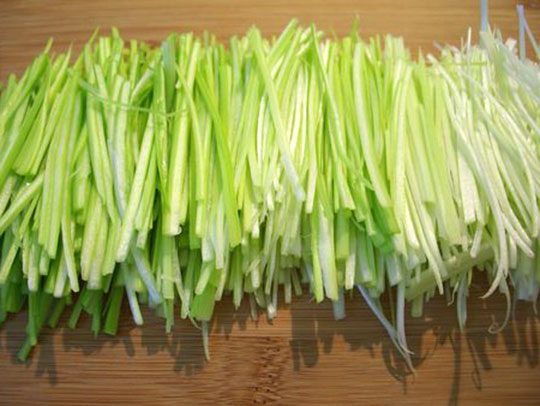
Learn to cut leeks in julienne: instructions
1. Cut off the greenest part of leeks.
2. Cut the foot flush, making sure that all of the leaves are still attached together.
3. Incise the first leaf all the way along it with the tip of your paring knife.
4. Remove the sheet, repeat with other leaves that would possibly not be “edible”
5. Split the leeks into its greatest width, starting from the end of the leeks.
6. Wash the leeks, keeping it upside down, and then run water through the separated leaves to remove sand (and any insects)
Remarks:
- If the leeks are very dirty, soak the heads placed down into cold water with a little white vinegar.
- Avoid splitting the leeks into four parts as is sometimes recommended, as it will be very difficult to make a beautiful julienne with the leeks split into four (there will be a lot of losses)
7. Cut the leeks into pieces from 4 to 6 cm in length using the first section cut as a model
8. Then cut the sections in a longitudinal direction for those that are still in the barrel.
Note: You keep the sheets on each other to cut the sections in the split portion
If you are not comfortable with the handling of the knife, then take 3 to 4 leaves, flatten them on the cutting board, and then cut them into filaments of 1 mm sections.
Repeat the process until there are no more leeks anymore!
Uses of julienned leeks
- In classic cuisine: in some soups (Julienne d’Arblay) or for some fish garnish (Such as fish filets)
- Fish or seafood in foil (just bleached)
- As a support or bed of fish fillet, it can be mixed with other vegetables such as julienned zucchini and turnips (you can play with colors)
- In ravioli-based seafood
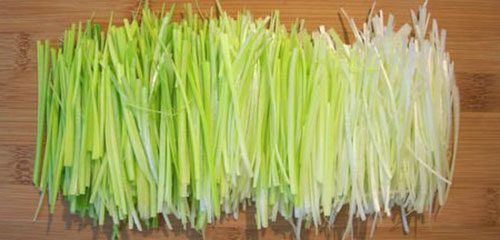
Read also: Learn to cook for the week end
Discover our selection of cutting tools.
- Carbon stainless steel blading
- Fibrox handle provides a textured, sure grip
- Handle does not slip or slide, even when wet
- Slices, dices, and minces
- Versatile and useful on many meals, foods, and dinners
- Japanese-style cooks knives specialized for their dexterity in chopping, dicing, and slicing
- Traditional-style rounded Japanese handles made of heat and water-resistant resin; full tang
- Rust-resistant stainless-steel blades hold an incredibly sharp edge; hand wash and dry
- This handy set of 3 flexible cutting boards help protect against cross contamination
- Offered in 3 colors: use green for veggies and fruits, yellow for seafood or poultry, pink for meats
- Can be bent or funneled to help unload chopped ingredients
- Made in the USA; FDA-approved and won t retain odors; dishwasher safe
- Comfortable foam seal protects eyes from irritating onion vapors
- Anti-fog lenses offer maximum clarity and eye protection
- Tear free chopping, mincing, dicing and slicing
- Unisex design fits most face shapes but won t fit over eyeglasses
- Storage case keeps goggles clean
- Electric sharpener produces razor-sharp knives in just minutes
- Blade guides automatically hold knife at the ideal angle
- 2-Stage system sharpens, then hones blades
- 8-1/4-Inch by 5-3/4 by 4 inches; 1-Year limited warranty.
Not very expensive,but does a BIG job!Well worth the money.
- Create restaurant-style presentations for salads and authentic Asian dishes
- Dress up desserts with julienned apple, lemon and orange peels, or even chocolate
- Made of high-quality stainless steel
- Includes blade protector
- Dishwasher safe

